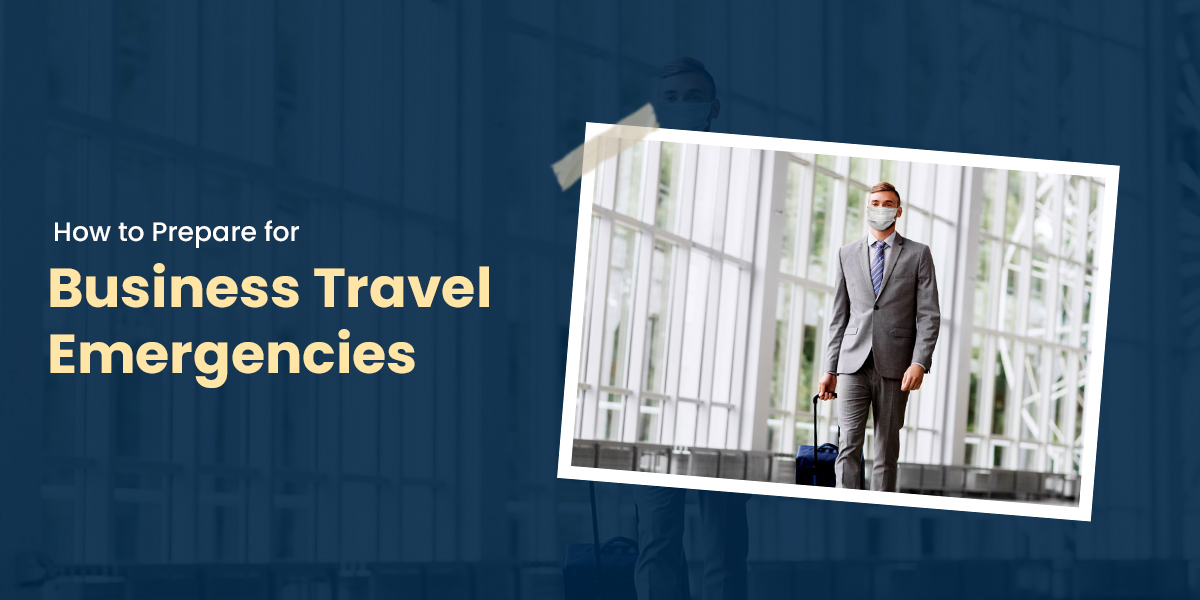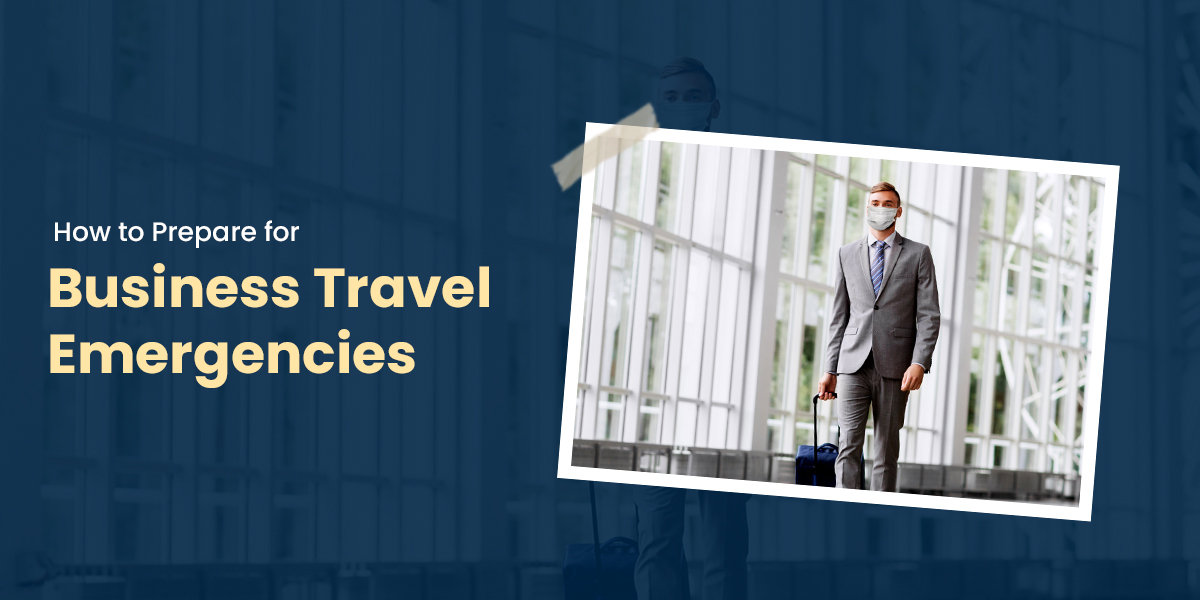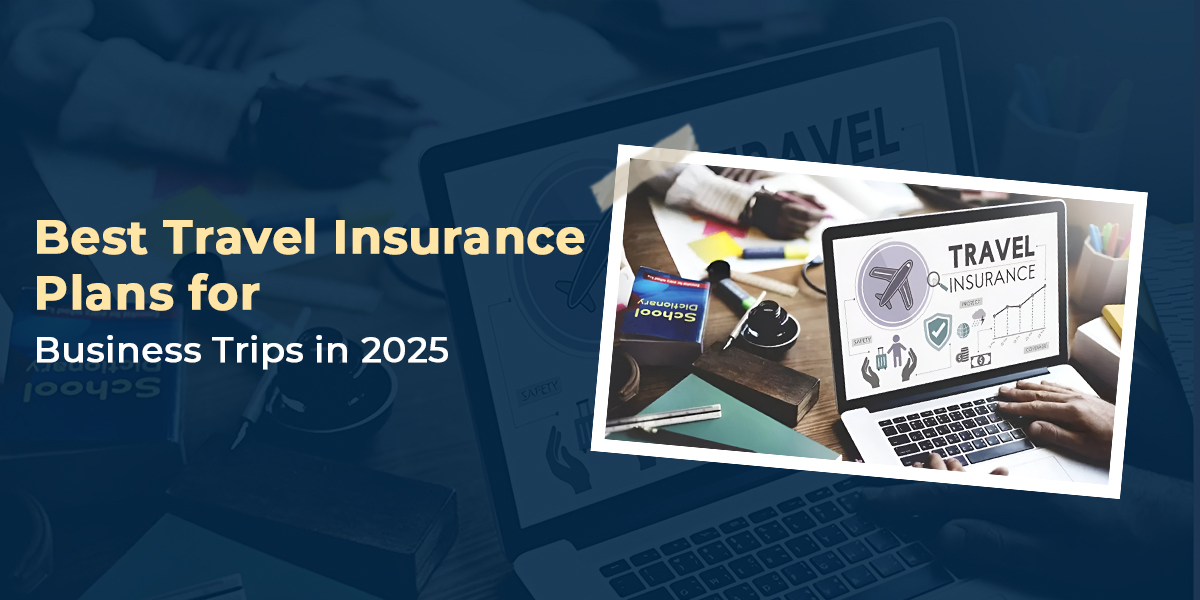But as exciting as business trips can be, they also come with a group of unpredictability, flight cancellations, lost papers, health concerns, political fuss, or even natural disasters. When you are far from home, a small issue can quickly turn into a major emergency
As business travel is back in 2025 with more agility, flexibility, and frequency than ever, being prepared is no longer a suggestion; it’s a necessary strategy. With all this, one should know how to handle random travel situations, as this can save time, money, and a lot of unwanted stress.
Step 1- Start with Situational Awareness
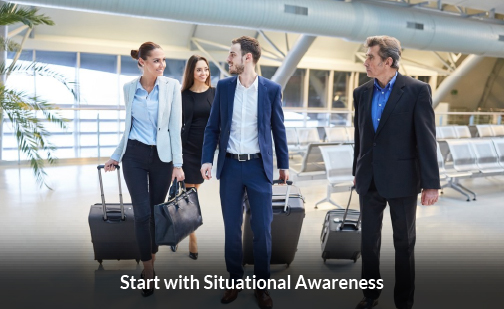
Every destination carries its own set of challenges — some are predictable (like traffic or weather), while others can catch you off guard.
Before you travel, do your research-
Check travel advisories from your country’s foreign office.
Understand local laws, customs, and emergency protocols.
Review current events — protests, elections, natural disasters, or disease outbreaks can impact travel.
Know the risks — is it cyclone season? Are strikes or transit shutdowns common?
Pro tip- Set up Google Alerts for your destination 1–2 weeks before departure to stay informed in real time.
Step 2- Invest in a Solid Travel Insurance Policy

Travel insurance may seem like a formality — until you need it. A complete business travel insurance policy can be a lifesaver in emergencies.
Look for coverage that includes-
Trip cancellation or interruption
Lost or delayed luggage
Emergency medical care and evacuation
Repatriation and legal assistance
Around-the-clock multilingual support
Some corporate travel policies also cover business-specific concerns like lost equipment (laptops, phones), stolen documents, or missed meetings due to delays.
Don’t forget- Always carry a physical and digital copy of your insurance card and emergency contact numbers.
Step 3- Build a Business Travel Emergency Kit
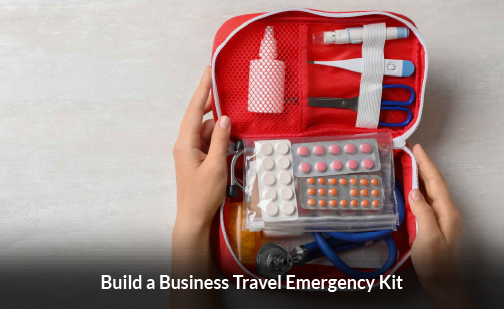
Having a go-to emergency kit can help you stay calm and self-reliant when faced with disruptions.
Essentials to pack-
Basic first-aid kit (band-aids, antiseptic, pain relief)
Prescription medications + backups
Power bank & charging cables
Travel-size sanitizer, tissues, and face masks
Copies of passport, visa, travel insurance, and itinerary
Contact card with hotel, local embassy, and company travel manager details
Backup payment method (secondary card or some emergency cash)
Travel Tip- Keep this kit in your carry-on, not your checked luggage.
Step 4- Digitize Your Travel Essentials
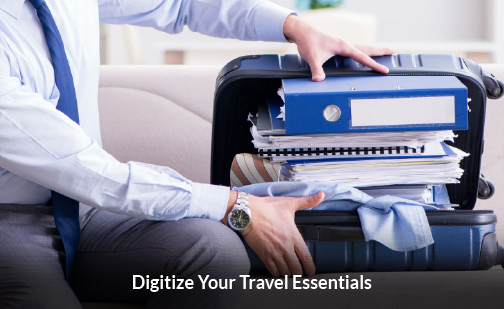
In an emergency, access to key documents can save hours of chaos. Cloud storage and secure apps can keep your travel life organized.
Store digital copies of-
Passport & visa
Travel insurance & medical records
Flight tickets & hotel bookings
Business documents or presentations
Use secure tools to keep your documents with password protection. You can also email copies to yourself or a trusted colleague as a backup.
Step 5- Know What to Do in Specific Emergencies
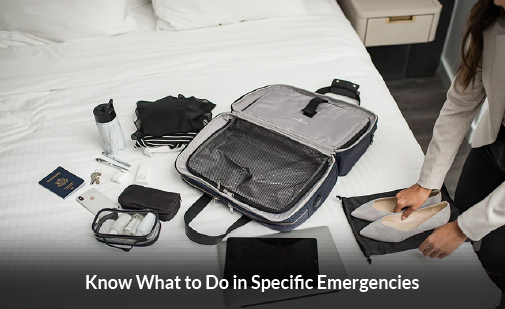
Preparation is only useful if you know how to react. Here’s a quick guide to some of the most common business travel emergencies and how to handle them-
Flight Cancelled or Missed
Immediately contact your airline’s support line or app.
Notify your travel manager or company travel platform.
Rebook flights through the same airline to avoid additional costs.
Save all receipts for reimbursement.
Lost Passport or Travel Documents
Report the loss to local authorities.
Visit your country’s embassy or consulate for emergency travel documents.
Show digital/photocopies for faster processing.
File a report for insurance claims.
Medical Emergency
Call the local emergency number (know it in advance).
Visit a nearby hospital or clinic listed in your insurance network.
Inform your company and your insurer ASAP.
Save medical reports and bills for claims.
Natural Disaster or Political Unrest
Follow guidance from local authorities and embassies.
Avoid risky areas and stay in your hotel until advised otherwise.
Use embassy alerts or apps.
Keep your emergency contacts and itinerary updated.
Step 6- Maintain Open Lines of Communication
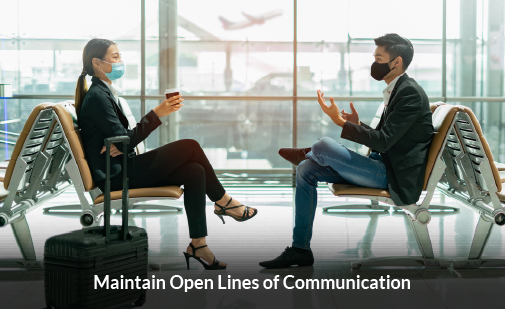
In any situation, communication is your lifeline. Before traveling, confirm that you have-
Global roaming is enabled on your mobile plan.
A local SIM card or eSIM as a backup for connectivity.
Reliable internet access or access to the hotel's internet.
Your phone is charged — keep that power bank handy!
Share your travel timetable with your manager, a colleague, and a family member so someone always knows where you are.
Pro tip- Schedule check-ins for long trips, especially if you’re traveling alone or in high-risk areas.
Step 7- Be Aware of Local Emergency Resources
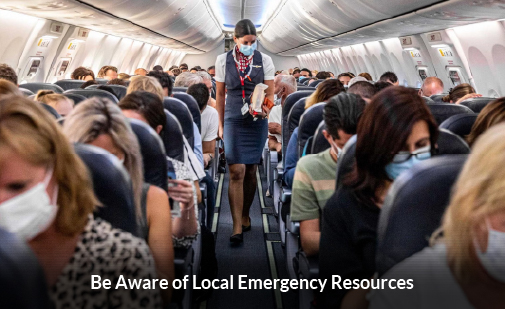
Know how and where to get help in the destination city. Save or memorize-
Local emergency numbers like police, ambulance, fire, etc
Address and phone number of your hotel
Contact info for the nearest embassy or consulate
Around-the-clock support number from your travel insurer
Local hospital names or clinics near your accommodation
Many cities also have apps in various languages or helplines for tourists and emergency assistance — download these ahead of time.
Step 8- Stay Calm and Collected

Emergencies can be stressful, especially in unfamiliar surroundings. But staying calm allows you to think, take action, and avoid panic.
Practice simple techniques-
Breathe deeply and assess the situation before reacting.
Prioritize safety before convenience.
Make decisions based on verified information, not rumors or social media.
If you’re unsure, reach out to your travel manager, embassy, or a reliable local source for support.
Step 9- Debrief and Report Post-Emergency
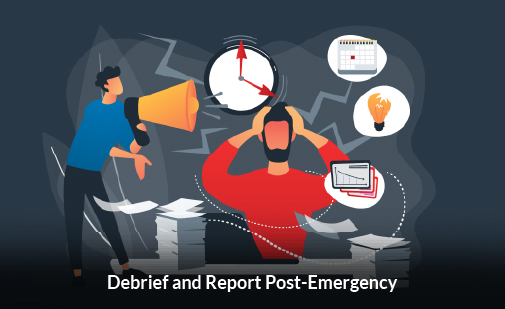
Once the emergency is over, don’t just move on — reflect, report, and recover.
After your return-
File insurance claims promptly.
Share feedback with your employer or HR department.
Document what went wrong and what worked well.
Seek medical or psychological support if needed.
This process not only ensures a refund or assistance but also helps your organization improve its travel safety protocols for others.
Bonus Tip- Tools and Apps That Help During Emergencies
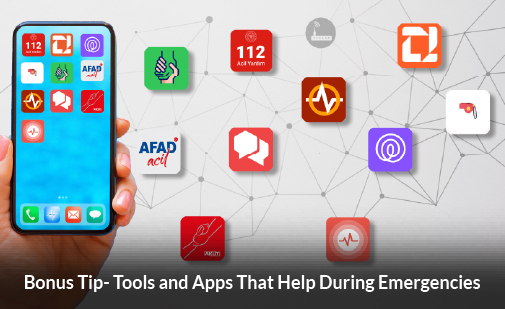
Here are a few travel tools every corporate traveler should consider-
TripIt – Consolidates itineraries and sends real-time alerts.
Google Maps (Offline Mode) – Helps you navigate without internet.
WhatsApp / Signal – Global communication apps for quick messaging.
Smart Traveler (U.S.) or App – Travel advisories and alerts.
MySOS / ICE Apps – Emergency medical assistance and personal health info storage.
Preparedness Is a Business Essential
With all that agility and efficiency are key, but so is strength. Preparing for crises during travel isn’t about expecting the most harmful; it’s about ensuring that you’re ready, not discouraged when the unexpected happens.
Work trips are meant to make a result, build relationships, and open doors. Let emergencies be a twist, not a disaster.
With the right plan, smart tools, and a bold mindset, you can focus on what you do best while letting your preparation do the rest.
